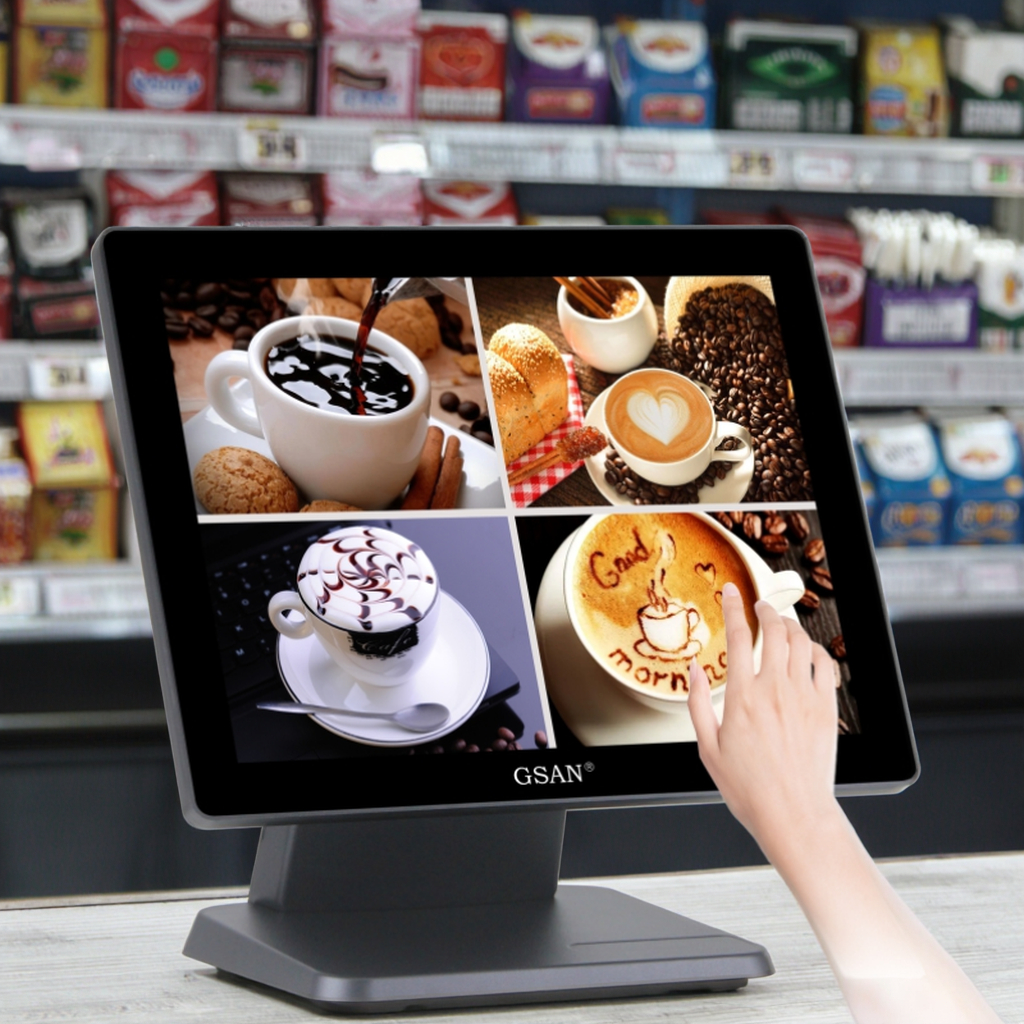







Views: 471 Author: Site Editor Publish Time: 2025-05-05 Origin: Site









Touch monitors have revolutionized the way we interact with technology, offering intuitive interfaces for a myriad of applications ranging from retail systems to industrial controls. However, like any piece of technology, touch monitors can encounter issues that disrupt their functionality. Understanding how to troubleshoot these problems is essential for maintaining productivity and ensuring seamless operations. This comprehensive guide delves into the common issues faced with touch monitors and provides detailed solutions to address them effectively.
For professionals seeking high-quality touch monitors, our extensive range of Touch Monitor solutions caters to various industry needs.

An unresponsive touch screen is a prevalent issue that can stem from software glitches, hardware malfunctions, or misconfigurations. Users may find that taps and gestures are not recognized, hindering interaction with the device.
Inaccurate touch response occurs when the on-screen input does not align with the touch point. This misalignment can be due to calibration errors or outdated drivers, affecting the precision of tasks.
Ghost touches refer to the screen registering inputs that the user did not make. This phenomenon can disrupt operations and is often caused by environmental factors or hardware defects.
Ensure all cables connecting the touch monitor to the computer are securely attached. Loose or damaged cables can interrupt communication between devices, leading to touch input issues.
Restarting the touch monitor and the connected computer can resolve temporary software glitches. This simple step can refresh system processes and restore functionality.
Dust, grease, or moisture on the screen can affect touch sensitivity. Gently clean the touch monitor with a microfiber cloth to remove contaminants without damaging the surface.
Outdated or corrupted drivers can cause touch response issues. Visit the manufacturer's website to download and install the latest drivers compatible with your touch monitor model.
For the latest driver updates, explore our Touch Monitor support page.
Calibration adjusts the touch input to align correctly with the display. Operating systems provide built-in calibration tools accessible through the control panel or settings menu.
Certain applications may interfere with touch functionality. Boot the system in safe mode to determine if third-party software is causing the issue, and uninstall any problematic programs.
Examine the touch monitor for cracks, dents, or other physical damage. Such imperfections can disrupt touch sensors and may require professional repair or replacement.
Connect the touch monitor to a different computer to determine if the issue persists. If the monitor functions correctly, the problem may lie with the original computer's hardware or software.
Environmental conditions such as extreme temperatures or electromagnetic interference can affect touch screen performance. Ensure the monitor is operated within the recommended conditions outlined in the user manual.
Updating the BIOS and firmware can resolve compatibility issues that affect touch functionality. Always follow the manufacturer's instructions carefully when performing updates.
Manufacturers may provide diagnostic utilities to test the touch monitor. These tools can identify hardware failures or configuration problems that standard troubleshooting may miss.
Access our diagnostic tools for your Touch Monitor to perform advanced tests.
Resetting the monitor to factory defaults can resolve configuration errors. This process varies by manufacturer and may be outlined in the device's user guide.
Perform routine cleaning and inspections to prevent dust accumulation and detect potential issues early. Use appropriate cleaning agents recommended for touch screens.
Ensure the touch monitor is installed according to the manufacturer's guidelines. Improper setup can lead to hardware stress and premature failure.
Keep the operating system and all related software up to date. Updates often include patches that enhance compatibility and security for touch devices.
If troubleshooting steps do not resolve the problem, it may indicate a hardware failure that requires professional repair. Contact the manufacturer's support for assistance.
Attempting repairs on a device under warranty may void the coverage. Refer to the warranty terms and seek authorized service centers for repairs.
For service inquiries, visit our Touch Monitor support page.
In industrial settings, touch monitors are integral to control systems. A manufacturing plant experienced unresponsive screens due to electromagnetic interference from heavy machinery. Shielding the monitors and rerouting cables resolved the issue, highlighting the importance of accounting for environmental factors.
Technical experts recommend implementing regular system checks and maintaining updated drivers to prevent touch monitor issues. Proactive measures can significantly reduce downtime and maintenance costs.
The evolution of touch technology, such as projected capacitive and infrared touch screens, offers enhanced durability and responsiveness. Understanding the specific technology in use can aid in troubleshooting and maintenance.
Explore our latest Touch Monitor innovations to stay updated on emerging trends.
Touch monitors are increasingly integrated with IoT devices and cloud services. Ensuring compatibility and proper network configurations is essential for optimal performance.
Troubleshooting touch monitor issues requires a systematic approach, considering both software and hardware aspects. By following the outlined steps, users can effectively diagnose and resolve common problems, minimizing downtime and maintaining productivity. Staying informed about the latest technologies and maintenance practices ensures that touch monitors continue to function optimally in various applications.
For a comprehensive selection of touch monitor solutions and support resources, visit our Touch Monitor page.